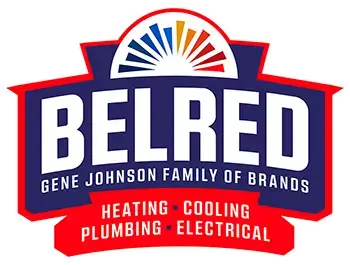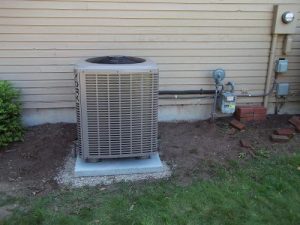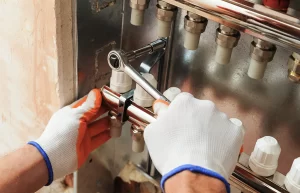Just because it’s January and the middle of winter doesn’t mean it’s too late to be thinking about ways to save energy and money during the colder months of the year. If you prefer, think of if as getting a great head start on getting the same benefit during the warmer summer months!
There are many different things to keep in mind when it comes to maximizing the efficiency of your home. One of the most important things on this list is the weatherization of the home. Weatherizing a home can cut energy usage and, therefore, energy bills significantly for homeowners. In this blog post series, we’ve outlined a few weatherization practices that can have a huge impact on your energy bottom line.
- Seal all doors and windows in your home. A great deal of energy can escape through cracks or gaps surrounding your doors and windows. During colder months, warm air from your HVAC system or other heat source can escape and cold air can get in through these cracks, causing your heating system to work much harder than it should to keep your house comfortable. The same can occur if you run a cooling system in the summer. Simple sealing with caulk or weatherstripping around doors and windows can fight this energy loss greatly.
- Seal all ducts properly. If you have a heating system with ducts, as many do, it’s imperative that these ducts are properly sealed. It is estimated that inefficient and improperly sealed ductwork can account for up to 20% of the energy loss in the home. Sealed air ducts will fight against this energy loss and keep your home comfortable. If you are sealing ducts yourself, be sure to use fiber-reinforced mastic, not just standard duct tape, as it is not suitable for this job.
- Install or replace dampers on exhaust ducts. When an oven exhaust fan or clothes dryer is not in use, a common culprit of outside air entering the home is through the ducts leading from these appliances to the exterior of the home. By ensuring the damper on the end of these ducts are new or performing properly, you can be sure this outside air is not entering the home when they are not in use.
- Protect pipes from corrosion and freezing. Properly taking care of your home’s plumbing can play a big role in the “whole-house” weatherization of your home. While not too common in the Northwest, it doesn’t hurt to be prepared against freezing pipes by using pipe insulation where necessary, especially on pipes in areas in external walls on your house. Running water for a short period of time through rarely used pipes can also help prevent corrosion in pipes and keep your plumbing working efficiently and effectively.
In both the short and long term, weatherization can be one of the most cost-effective methods available to improve the comfort, health and energy efficiency of your home, and we offer a range of smarter solutions to help. Stay tuned for part two of our weatherization tips series coming your way shortly.
We’ll also follow up with another post with a few more weatherization tips shortly. Thanks for reading! Also, here’s a shortcut for the second part of this post: It’s Never Too Late (or Too Early) for Weatherization – Part 2.







